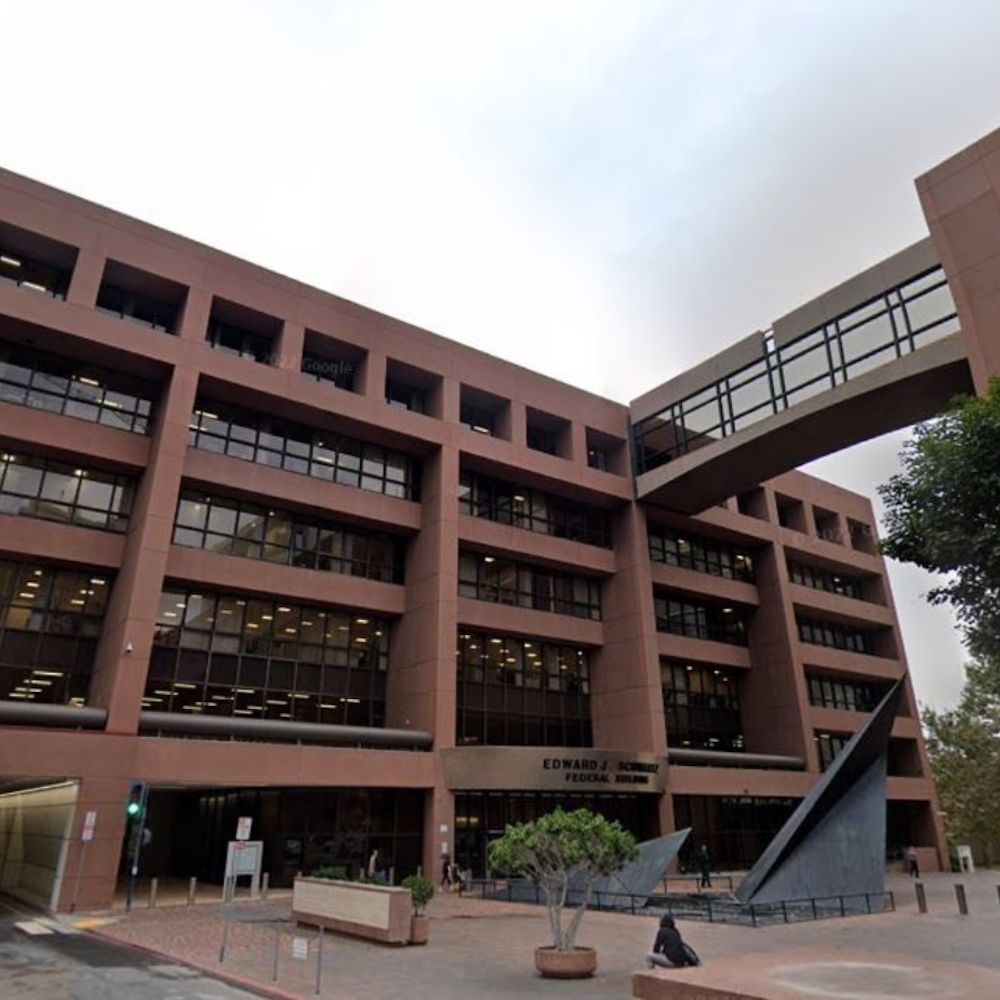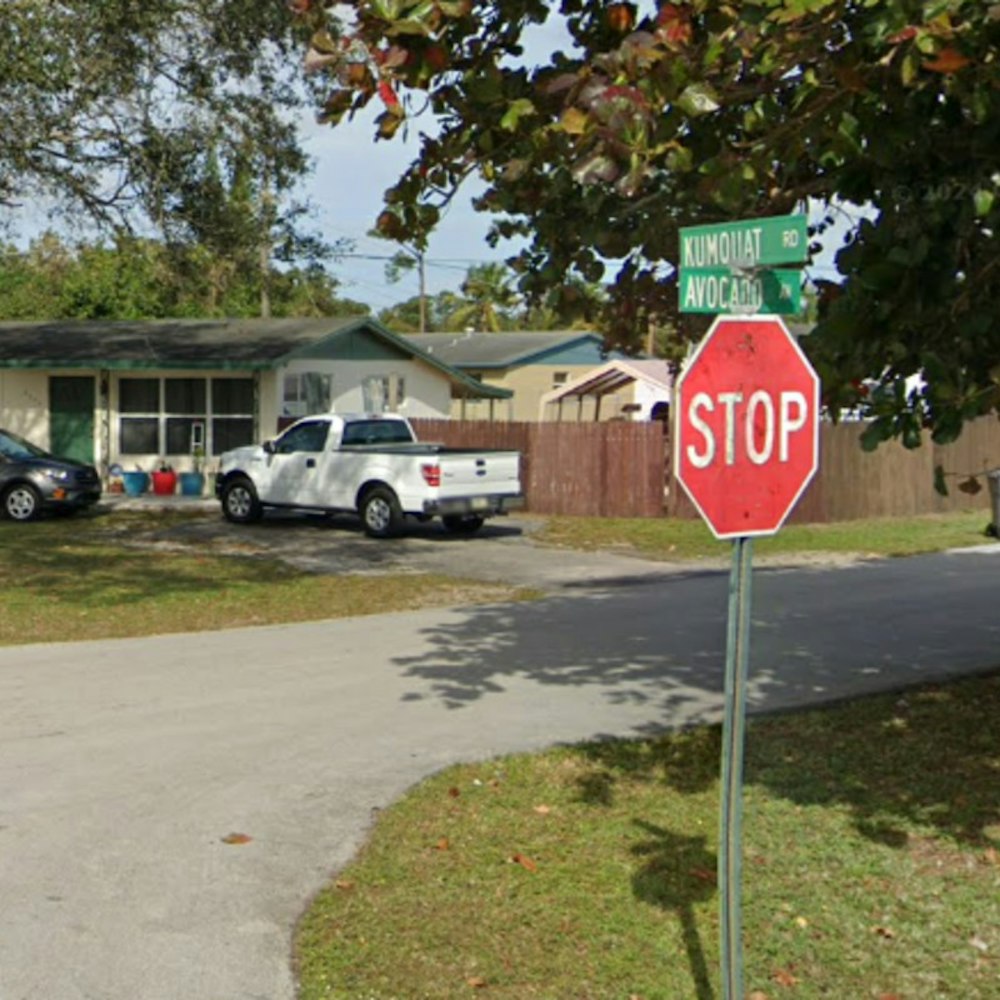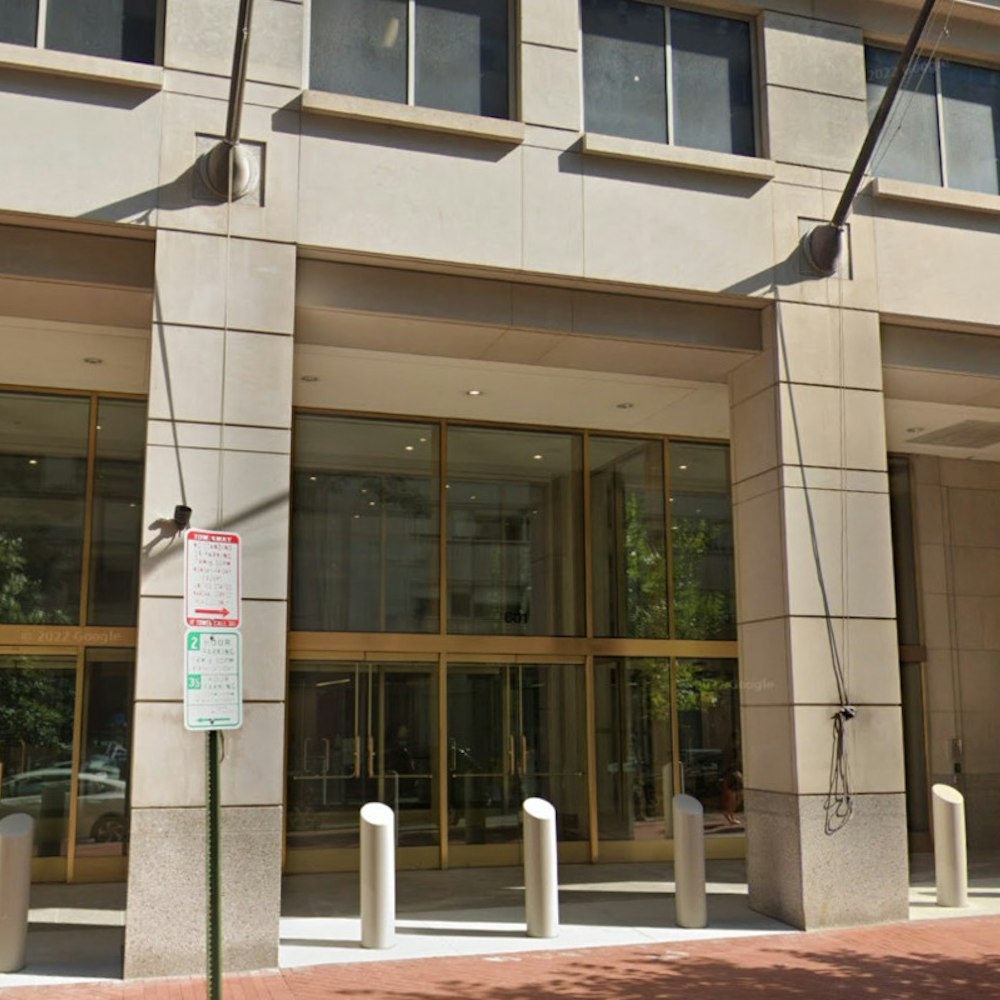
As spring unfurls its greenery, San Diego residents are reminded to exercise a little restraint before sprinting to rescue those seemingly adorable but abandoned baby critters. According to the San Diego Humane Society’s Project Wildlife program, a beacon of hope for injured wildlife, Earth Day is a timely nudge to remember that not every furry or feathered youngster found solo needs to be "saved." While intentions may be on point, the experts are clear—kiddo animals are often better off left to the expertise of their wild parents.
An intervention might seem heart-warming, but it’s often unnecessary. Most wild species have one parent that temporarily skips out to scrounge up grub, leaving their young unsupervised but hardly forsaken. In a statement obtained by the San Diego Humane Society, Dr. Jon Enyart, Senior Director of Project Wildlife, lays it on the line: “Uninjured baby animals have the best chance of survival with their natural parents. While we strive to provide the best possible care, our resources are limited, unlike the natural parents, whose only job is to feed and care for their young.”
Birds are among the most common critters scooped up by do-gooders, with a veritable bird’s nest of species from songbirds to ducks often mistaken for being in distress. Mammals like baby rabbits also top the rescue charts. However, these wild moms and dads are usually just out on a diaper and formula run. Plus, hovering humans can scare off conscientious animal parents, causing them to steer clear of their brood to avoid attracting predators' attention.
If you stumble across a wildlife youngster injured, the good folks at San Diego Humane Society have some guidelines on handling these situations at sdhumane.org/wildlife. And if you've got a bona fide emergency, give their Dispatch a ring at 619-299-7012 (press 1). They've spelled out the no-nonsense approach: shield your hands with a towel or gloves, place the critter in a box kitted out with air holes and a cozy towel at the bottom, and keep human interaction to the bare minimum to avoid derailing its wild instincts.
Serving as the primary resource for wild animal recuperation and education in San Diego County, Project Wildlife has got its hands full each year with upwards of 10,000 wild animals in dire straits—an eagle with a wingding or a coyote with a limp is all in a day’s work. Over at their Ramona Wildlife Center, they've got a special knack for the apex predators and birds of prey, playing nurse to hawks, eagles, and even the occasional mountain lion under special circumstances.









